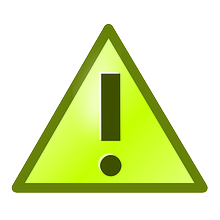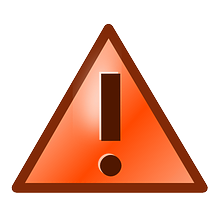 Black to move
Black to move
 White to move
White to move
 Correct!
Correct!
 Good! Not the game move, but Leela Zero favors this move.
Good! Not the game move, but Leela Zero favors this move.
 Wrong.
Wrong.
 Likely could have been the pro move in very similar situations.
Likely could have been the pro move in very similar situations.
 Possible, might have been the pro move in other similar situations.
Possible, might have been the pro move in other similar situations.
 Unlikely, but might have been the pro move in a different situation.
Unlikely, but might have been the pro move in a different situation.

